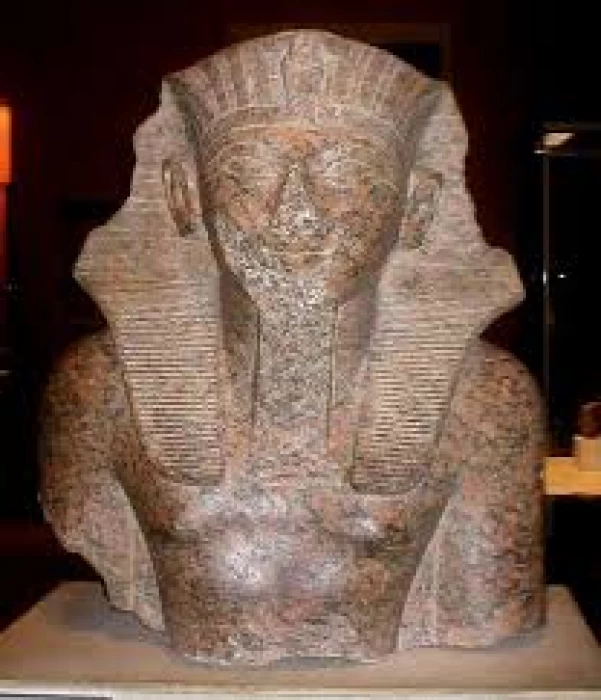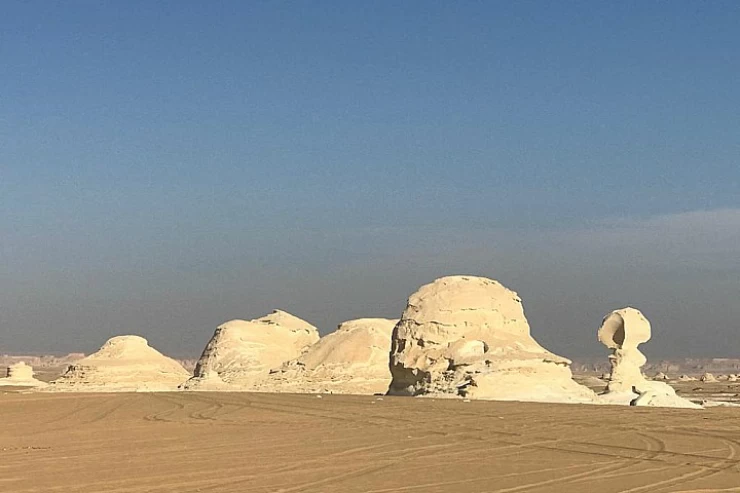
King Thutmose IV
Details about King Thutmose IV
Eighth king of the 18th Dynasty, Thutmose IV had a short reign, about 9 years (around 1419-1410 BC). He inherited a country whose two predecessors, his grandfather Thutmose III and his father Amenhotep II made a vast empire firmly controlled. The king himself will break with this tradition of war by preferring a diplomatic policy of alliance. This is how he will marry a Mitanian princess and establish a period of peace with the Mitanni, this ancient enemy of Egypt.
The king seems to have been more involved than his predecessors in religious matters, and particularly in the relationship between royalty and solar divinity. It is believed that he may have been a forerunner of the revival of solar theology which his successors Amenhotep III and Amenhotep IV-Akhenaten will further develop. This will not prevent him from being a fervent zealot of Amon with, for example, the construction of a courtyard with columns in the temple of Karnak.
The king’s mummy
She was moved from her grave to the 21st Dynasty to be transported, with others, into the tomb of Amenhotep II in order to protect her from looters. Studied by Elliot Smith, it is described as that of a man 1.64m, young, shaven and slightly effeminate. The extreme emaciation of the body, greater than that which would have been produced by embalming alone, suggests the possibility of a cachectising disease. The king died young, between 20 and 30 years old, with no visible wound.















